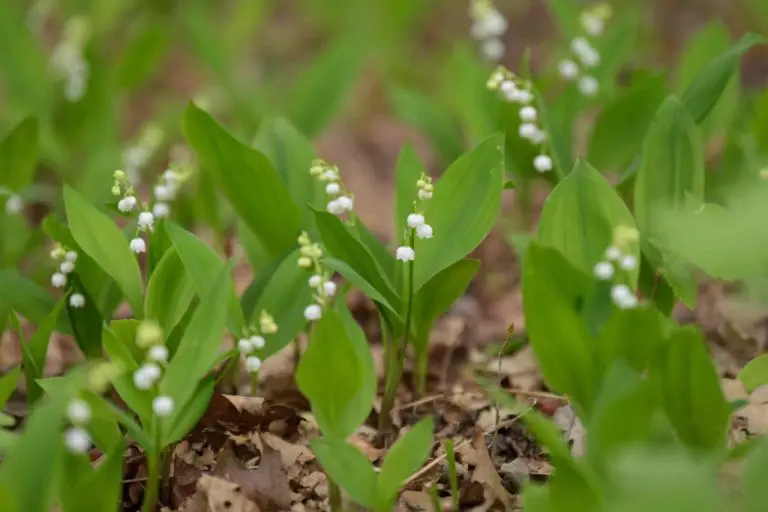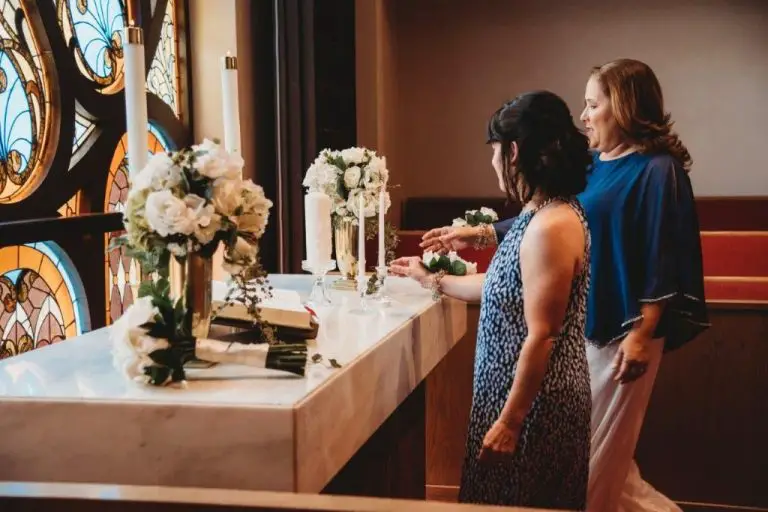What Candle Is Lit During Christmas Eve?
Lighting candles is an ancient tradition associated with the winter solstice that persists in modern Christmas celebrations. On Christmas Eve each year, families gather to light special candles and illuminate their homes with holiday decor. The warm glow provides comfort during long winter nights and symbolizes the return of longer days. Candles also represent Jesus Christ, the light of the world, during this season focused on his birth. Different cultures have developed unique candle customs for Christmas Eve that add beauty and meaning to the holiday.
Advent Candles
The Advent wreath is a popular way to mark the weeks leading up to Christmas. It typically features four candles nestled in a circular evergreen wreath. One new candle is lit each Sunday during the four weeks of Advent, a season observed in many Christian denominations as a time of expectant waiting and preparation for Christmas and the birth of Jesus Christ.
Each Advent candle represents one week in this season of anticipation. The first candle symbolizes hope and is lit on the first Sunday of Advent. The second candle represents faith and is lit on the second Sunday, followed by the third candle representing joy on the third Sunday. Finally, the fourth candle stands for peace and is lit on the last Sunday before Christmas.
The candles provide a visual countdown as Christmas draws closer each week. Lighting the candles every Sunday helps build eager anticipation during the weeks leading up to Christmas Eve and Christmas Day. This beloved tradition highlights the symbolic meaning behind the weeks before Christmas.
Christ Candle
The Christ candle, also known as the Advent candle, is a white candle placed in the middle of the Advent wreath that is lit on Christmas Eve. The Advent wreath contains four candles, one for each week leading up to Christmas. The four outer candles are often purple or blue, symbolizing hope, peace, joy and love. On Christmas Eve, the white Christ candle at the center of the wreath is lit to mark the arrival of Jesus Christ, the light of the world.
Lighting the Christ candle on Christmas Eve represents Jesus coming into the world and the anticipation felt as his birth approaches. It ushers in the arrival of Christmas day and reminds Christians that Jesus is at the heart of the holiday. The progression of lighting candles each Sunday in Advent culminates in illuminating the Christ candle, embodying the crescendo of excitement leading up to Christmas.
In some traditions, the Christ candle is lit on Christmas morning rather than Christmas Eve. Regardless of when it’s lit, the white candle serves as a beautiful symbol of Jesus Christ and the joyous reason for the season.
Yule Log
The Yule log is another popular Christmas candle tradition. This large log is burned in fireplaces and represents welcoming back the sun. The word Yule comes from the Norse “Jól” meaning winter festival. Logs were burned on the hearth throughout winter solstice celebrations across various Northern European pagan cultures as a symbol of bringing light, warmth, and life back to the world.
The tradition continues today with decorative logs crafted from wood, wax or chocolate laid near the fireplace. Some families place Yule logs in the fireplace on Christmas eve and let them smolder overnight to symbolically bless the household. The Yule log’s connection to welcoming back the sun represents the return of longer days after winter solstice, the rebirth of the natural world, and the promise of spring.
Hanukkah Menorah
The Hanukkah menorah is a 9-branched candelabra that is lit by Jewish families for 8 nights during the celebration of Hanukkah. One candle is lit on the first night, with an additional candle added each subsequent night until all 9 candles are lit on the eighth night. The ninth candle, called the shamash, is used to light the other candles and is kept separate from the other 8 candles.
The lighting of the Hanukkah menorah commemorates the rededication of the Second Temple in Jerusalem during the Maccabean Revolt against the Seleucid Empire in the 2nd century BCE. According to tradition, the menorah in the temple had been desecrated and there was only enough consecrated oil to keep the menorah’s candles burning for one day. However, the oil miraculously lasted for eight days until more oil could be consecrated, which allowed the candles to remain lit.
The Hanukkah menorah reminds Jews of the miracle of the oil and the rededication of the temple. Lighting the candles each night of Hanukkah is a way of publicly observing and celebrating this significant event in Jewish history. The lighting of the menorah is a central component of Hanukkah rituals and customs.
Luminarias
Luminarias are one of the most iconic and beautiful holiday lighting traditions. These paper lanterns are often seen lining the streets and roofs of Hispanic communities in the southwestern United States and Mexico during the Christmas season.
The custom originated in Mexico, where luminarias are known as farolitos, which translates to “little lanterns.” They are traditionally made by filling brown paper bags with a bit of sand to weigh them down and inserting a candle inside. The light from the candle makes the bags glow, creating a tranquil and warm atmosphere.
In New Mexico, the luminaria tradition dates back hundreds of years to when Spanish colonists placed candles in sand-filled paper bags to light the way to Christmas Eve mass. The soft light from rows of luminarias makes the neighborhood feel inviting and creates a festive community display.
While traditionally made from paper, some modern luminarias use LED lights for convenience and safety. But part of the charm still comes from using real candles to emanate a cozy and nostalgic glow. The luminarias shine especially bright against newly fallen snow.
The prominence of luminarias displays the way Hispanic culture has influenced Christmas celebrations in the United States. The twinkling lights lining roofs and sidewalks have become an iconic symbol of Christmas in the Southwest.
German Christmas Pyramid
A popular Christmas Eve tradition in Germany is lighting the German Christmas pyramid. This decorative candle holder originated in the Ore Mountains of Germany in the 18th century. It consists of a wooden pyramid structure decorated with figures from the Christmas story. The pyramid has shelves on each level to hold candles, with the candles’ heat causing the propeller at the top to spin.
On Christmas Eve, families place the Christmas pyramid on a table and light the candles. As the heat rises, it causes the propeller to slowly spin and makes the Christmas pyramid come to life with motion. The slowly spinning pyramid gives a peaceful, hypnotic effect and creates a magical atmosphere. The soft glow of the burning candles represents the light of Christmas spreading. Many German families keep the Christmas pyramid lit throughout the entire Christmas season.
The Christmas pyramid is a beloved tradition in Germany and represents family, hope, and the holiday spirit. Lighting the decorative candle holder on Christmas Eve helps set the stage for a meaningful holiday celebration.
Las Posadas Candles
In Latin American countries such as Mexico, Guatemala, and El Salvador, Catholics hold Las Posadas processions reenacting Joseph and the pregnant Mary’s biblical journey to Bethlehem and their search for shelter. These candlelit parades start on December 16th and go for nine nights leading up to Christmas.
Each night, the procession stops at various homes asking for posada, which means “inn” or “shelter” in Spanish. The procession includes people dressed as Mary and Joseph, angels and shepherds carrying candles, musicians, and floats decorated with poinsettias. The homeowners typically reject the procession before finally allowing them to enter on the last night, commemorating Joseph and Mary’s journey before finding room at the inn in Bethlehem.
The candlelight from the procession symbolizes lighting the way for the pilgrims, as well as guiding people to Jesus. The tradition reminds participants to open their doors to those in need of refuge, just as Mary and Joseph searched for shelter before the birth of Christ.
Irish Christmas Candle
In Ireland, people often place a candle in their window on Christmas Eve. This candle holds special significance in Irish Christmas tradition. Known as the “Irish Christmas Candle” or the “Candle in the Window”, it serves as a beacon to welcome Mary and Joseph as they traveled to Bethlehem.
The candle shining in the window shows that there is room in the inn and the household is ready to receive the Holy Family. It represents hospitality, welcoming all who come by, just as Mary and Joseph were seeking shelter. The candle is kept burning throughout the night, serving as a guide to any travelers passing in the darkness.
This tradition dates back centuries to when Irish Catholicism was suppressed. Ancient Irish Christians would light a candle in secret to celebrate the Nativity. Later, during penal times, candles in the window signified that a Catholic mass was being held inside a home.
Today, the candle is lit on Christmas Eve before evening meals or midnight mass. Some Irish households maintain the tradition of keeping the candle burning well into Christmas Day. The flame signifies warmth, safety, and the light of Christ coming into the world.
Conclusion
Throughout many Christmas celebrations around the world, a variety of special candles are lit on Christmas eve as part of beloved traditions. The burning of candles symbolizes hope, light, and the celebration of the birth of Jesus Christ. Some of the most notable Christmas eve candle traditions include:
The lighting of the Christ candle in an Advent wreath, representing Jesus as the light of the world.
The Yule log candle burned throughout Christmas eve in several European countries to symbolize welcoming back the sun.
The menorah lit during Hanukkah celebrations by those of the Jewish faith.
Luminarias lit and displayed along paths and roofs in the American Southwest and Mexico.
Intricate Christmas pyramid candles from Germany, rotated by the heat to turn ornamental tiers.
Las Posadas processional candles reenacting Joseph and Mary seeking shelter.
The single tall Irish Christmas candle burned in the window to welcome strangers.
Candlelight remains an endearing part of Christmas eve festivities for Christians worldwide as they prepare to celebrate the birth of Jesus on Christmas Day.




